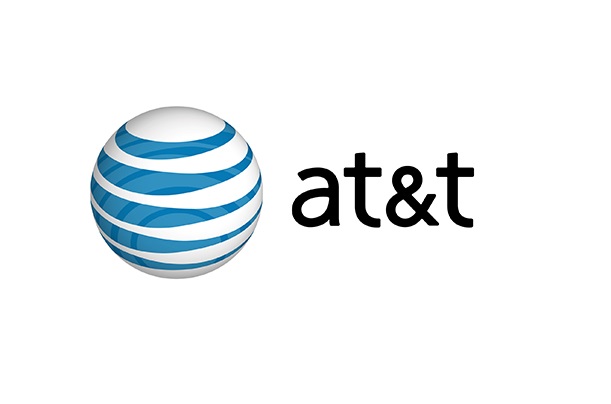AT&T is working with Ericsson and Intel to launch a trial 5G network in Austin, Texas, using the likes of millimetre wave and virtualisation by the end of this year.
The US operator made its 5G plans formal this morning after several years of testing the likes of software defined networking and network functions virtualisation.
It will be joined in its labs by engineers from Intel and Ericsson during the second quarter of this year, ahead of outdoor trials being held during the summer. The operator said these trials will help with its contributions to developing 5G standards. By the end of this year, AT&T said it would have provided 5G connectivity to fixed locations in Austin.
Virtual reality, 4K video and the Internet of Things will drive traffic on its network during the next decade, the operator said. Data grew by more than 150,000 percent between 2007 and 2015, largely because of video consumption. Video accounted for more than 60 percent its total data traffic last year.
Standardisation of 5G networks is expected to be completed by 2018, with vendors and operators scrabbling to be the first company to launch it commercially.
[Read more: EU signs agreement with China to research 5G]
John Donovan, Chief Strategy Officer and Group President, AT&T Technology and Operations, said: “New experiences like virtual reality, self-driving cars, robotics, smart cities and more are about to test networks like never before. These technologies will be immersive, pervasive and responsive to customers. 5G will help make them a reality. 5G will reach its full potential because we will build it on a software-centric architecture that can adapt quickly to new demands and give customers more control of their network services. Our approach is simple – deliver a unified experience built with 5G, software-defined networking (SDN), Big Data, security and open source software.”
Arun Bansal, Senior Vice President and Head of Business Unit Radio, Ericsson, added: “AT&T’s 5G field trials will play an important role in ensuring rapid and wide-scale adoption of this next generation mobile technology. 5G will impact the entire mobile network – from devices to access and core to cloud – and open up exciting new IoT applications for consumers and industry, so Ericsson is enabling AT&T to move beyond 5G lab tests to gain a greater understanding of 5G’s potential in their own network environments and markets.”
AT&T said virtualisation would help it meet growing video demands and support next generation applications. It already has 14 million customers on its virtualised network and is aiming to have millions more added to it this year. By 2020, it plans to have three quarters of its network virtualised.



